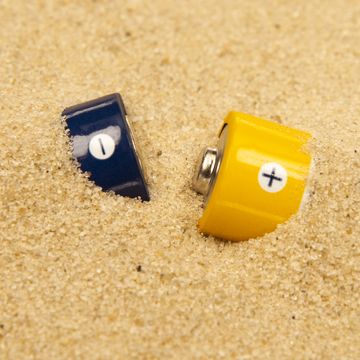MIT scientists have invented a spongy substance that can convert solar energy into steam. The research, published in Nature Communications, may open up new ways to purify water and sterilize medical devices in remote regions.
The steel-wool lookalike material is made of two layers: a carbon foam that floats in water, and a top layer of graphite flakes that heats up when sunlight hits it. Water flows up through the foam and quickly turns to steam when it reaches the graphite hotspot. Brighter lights create more steam—at 10 times the solar intensity of a normal sunny day, the carbon disk can convert 85 percent of solar energy to steam.
However, this inexpensive graphite-carbon foam combination doesn't require high levels of sunlight to operate, and so the researchers think it could scale up at a lower cost compared to today's best steam generation methods, which require many mirrors or lenses to increase solar intensity. The technology may be especially useful to people living in remote regions with little access to electric grids. Steam has plenty of useful applications, such as removing salt and other impurities from water, generating power, and sanitizing floors and counters.













